In January 2025, the Competitiveness Compass for the EU was finally unveiled as part of the European Union´s broader strategy to maintain and enhance its global technological leadership. This ambitious document takes stock of Europe´s current standing in key technological sectors, with a specific focus on digital innovation, competitiveness, and security. As the EU navigates an increasingly complex geopolitical environment, the Competitiveness Compass outlines the necessary steps to ensure that Europe´s technological future becomes much more sovereign, resilient and competitive on the world stage. Among the key areas highlighted in this strategic policy are cloud and edge computing technologies, which are crucial for Europe´s economic transformation and for European digital infrastructures.
At the heart of this transformation? Cloud and edge computing—the backbone of artificial intelligence (AI), data-driven industries, and next-generation manufacturing. The EU is making significant investments in these technologies to close the innovation gap, power digital transformation, and reduce dependencies on foreign Big Tech giants. Here’s how cloud and edge computing are set to reshape Europe’s economic future.
Supercharging AI with Cloud Infrastructure
Digital elements are poised to drive 70% of global economic value in the next decade, but Europe has lagged behind in both AI model training and cloud computing power. To address this, the AI Factories Initiative will build on Europe’s EuroHPC supercomputers, offering AI researchers, startups, and industries high-performance computing (HPC) resources.
Complementing this is the EU Cloud and AI Development Act, slated for late 2025, which will:
- Mobilize public and private funding for AI Gigafactories—dedicated cloud-based infrastructure to train large-scale AI models.
- Set minimum criteria for cloud services to ensure security, performance, and EU-wide interoperability.
- Support AI chip design and manufacturing in Europe, reducing reliance on foreign semiconductor firms.
By aligning supercomputing with AI-ready cloud platforms, the EU aims to level the playing field with the U.S. and China while fostering a thriving AI ecosystem.
Building a Secure and Open Data Economy
Data is the fuel of AI and cloud computing, but Europe’s fragmented regulatory landscape has slowed innovation. To unlock the full potential of secure data sharing, the upcoming Data Union Strategy will:
- Simplify data governance rules to make it easier for businesses to access and share information securely.
- Encourage cross-border cloud adoption, ensuring companies can leverage AI models trained on diverse, high-quality datasets.
- Support the development of trusted European cloud providers, aligning with GDPR and cybersecurity standards.
With a clearer framework for data access, European companies will be able to develop and deploy AI models faster, improving industries from healthcare and finance to energy and logistics.
Cloud and Edge Computing in the Green Economy
Europe is committed to decarbonizing its economy by 2050, and cloud computing is expected to play a pivotal role. The Electrification Action Plan and Affordable Energy Action Plan will support:
- Energy-efficient data centers, ensuring that cloud infrastructure aligns with the EU’s sustainability goals.
- AI-driven energy management, leveraging cloud-based solutions to optimize power grids, industrial processes, and urban planning.
- Cloud-enabled industrial digital twins, allowing manufacturers to simulate and reduce emissions before making costly changes.
By embedding cloud and edge computing into sustainability efforts, the EU aims to reduce operational costs for businesses while cutting carbon footprints across industries.
Digital Networks: The Backbone of AI and Cloud Growth
For cloud and AI to thrive, ultra-fast connectivity is essential. However, Europe is far behind its 2030 Digital Decade targets for fiber, 5G, and edge computing adoption. To bridge this gap, the Digital Networks Act (Q4 2025) will:
- Accelerate the rollout of 6G, fiber networks, and satellite solutions for high-speed data transfer.
- Encourage the development of edge computing nodes, reducing AI model latency and enhancing real-time applications.
- Create an integrated Single Market for connectivity, ensuring businesses across Europe have access to next-gen cloud infrastructure.
With faster, more reliable networks, businesses will be able to leverage edge computing to process and analyze data closer to the source, unlocking new opportunities in autonomous vehicles, robotics, and industrial automation.
Scaling Up Industrial Digitalization
Europe’s industrial backbone is made up of automotive, manufacturing, and energy sectors, yet many firms struggle to integrate cloud, AI, and automation. The Apply AI Strategy will:
- Boost AI adoption in key industries, from predictive maintenance in factories to automated quality control in pharmaceuticals.
- Encourage strategic partnerships between startups and large corporations, fostering innovation.
- Support the digitalization of public services, leveraging AI for healthcare, legal systems, and urban planning.
Additionally, a proposed CERN for AI initiative will provide a pan-European research hub for developing cutting-edge cloud-powered AI applications.
A New Competitiveness Fund for Cloud and AI Investments
Europe’s tech ambitions require massive investment. To finance cloud and AI expansion, the EU is proposing a European Competitiveness Fund, which will:
- Streamline public and private investments in cloud, AI, and edge computing.
- Support startups and scale-ups, ensuring early-stage tech companies don’t relocate outside Europe.
- Finance critical infrastructure, including AI-ready data centers and secure cloud platforms.
With a focused investment strategy, Europe aims to attract top global talent while ensuring its digital infrastructure remains world-class.
As you see, the Competitive Compass brings a number of unique opportunities for all companies and initiatives in Europe—such as the IPCEI Cloud—working on the development of sovereign, open source cloud & edge computing technologies, so keep tuned for next steps!
This blog post is part of a series of activities carried out by OpenNebula Systems as part of the NexusForum.EU project [2024–2026], a Coordination & Support Action co-funded by the 🇪🇺 European Union’s Horizon Europe research and innovation programme under Grant Agreement 101135632 and by the 🇨🇭 Swiss State Secretariat for Education, Research, and Innovation (SERI).



0 Comments